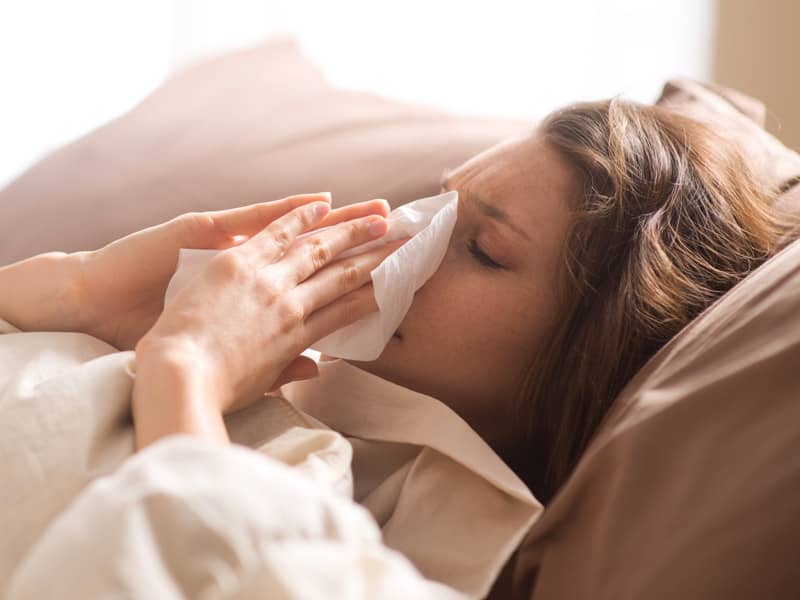I saved the best of my Top 10 Foods for last. By reducing sugary, “high-glycemic index” foods from your diet, you may reduce your breast cancer risk by up to 253%.
High-glycemic index foods are sugary or starchy foods that quickly push sugar into your bloodstream, causing a sugar spike followed by an insulin hormone spike. Your pancreas secretes the extra insulin in response to the extra blood sugar. Insulin instructs your body to store the excess sugar as fat. That’s why it is so hard to lose weight if you eat lots of sweets. The extra stored fat produces extra estrogen. Both estrogen and insulin may stimulate cancer to grow and spread. Thus, it is easy to understand why a high-glycemic diet can be deadly. “Low” and “medium” glycemic foods don’t cause this harmful cascade of hormones.
A new study alarmingly found that women with the highest glycemic diet and overall glycemic load had an 81% increased risk of ER+/PR- breast cancer [1]. Similarly, doctors found that women who consumed a high glycemic diet with a high glycemic load had a 57% and 253% increased risk of breast cancer [2]. This effect was most pronounced in premenopausal women, and in women at a healthy body weight. In other words, even thin women are at increased risk with sugary foods.
Researchers at the Albert Einstein College of Medicine found that high insulin levels increase risk of breast cancer [3]. The Women’s Health Initiative (WHI) is the largest postmenopausal study ever funded by the National Institutes of Health (NIH). Using data from the WHI study, the researchers were able to discover that women with high insulin levels had a 50% to 140% increase in breast cancer risk. Women with “Metabolic Syndrome”, or insulin resistance syndrome, consisting of a constellation of factors including abdominal obesity, high blood glucose levels, impaired glucose tolerance, abnormal lipid levels, and high blood pressure, have nearly a 100% increase in breast cancer risk.
The worst high-glycemic foods you can eat include desserts, candies, cakes, sweets, carbonated sodas, biscuits, puffs, ice cream, white bread, white rice, sugar (sucrose), honey, jams, marmalades, and alcohol. You don’t have to entirely eliminate delicious foods like white rice. Moderation is the key. The best low-glycemic or medium-glycemic foods you can eat, which won’t trigger massive sugar or insulin spikes, include lean protein (especially fish, beans, and eggs), reduced-fat dairy products, high-fiber cereals, fruits and veggies (including juices), nuts, brown rice, pasta, and whole grain bread. Fructose sugar is low-glycemic. Although a few fruits and veggies are moderately high glycemic, they still have great health benefits.
If you have risky, sugary foods in your house, today is the day to come clean. Throw it away. You won’t regret it.
References:
1. Larsson SC, Bergkvist L, Wolk A. Glycemic load, glycemic index and breast caner risk in a prospective cohort of Swedish women. International Journal of Cancer 2009; 125:153-157.
2. Sieri S, Pala V, Brighenti F, Pellegrini N, Muti P, Micheli A, Evangelista A, Grioni S, Contiero P, Berrino F, Krogh V. Dietary glycemic index, glycemic load, and the risk of breast cancer in an Italian prospective cohort study. American Journal of Clinical Nutrition 2007; 86:1160-1166.
3. Gunter MJ, Hoover DR, Yu H, Wassertheil-Smoller S, Rohan TE, Manson JE, Li J, Ho GY, Xue X, Anderson GL, Kaplan RC, Harris TG, Howard BV, Wylie-Rosett J, Burk RD, Strickler HD. Insulin, insulin-like growth factor-I, and risk of breast cancer in postmenopausal women. Journal of the National Cancer Institute 2009;101:48-60.
Get your FREE copy of FIGHT NOW by Aaron Tabor, MD and Lillie Shockney, RN with life-saving breast cancer risk reduction information. Choose to fight now against breast cancer. Beliefnet's goal is to give away 1,000,000 free breast cancer books during the month of October, so please share with your loved ones.
2020-04-28
2020-04-28
Join Beliefnet Today!
more from beliefnet and our partners

